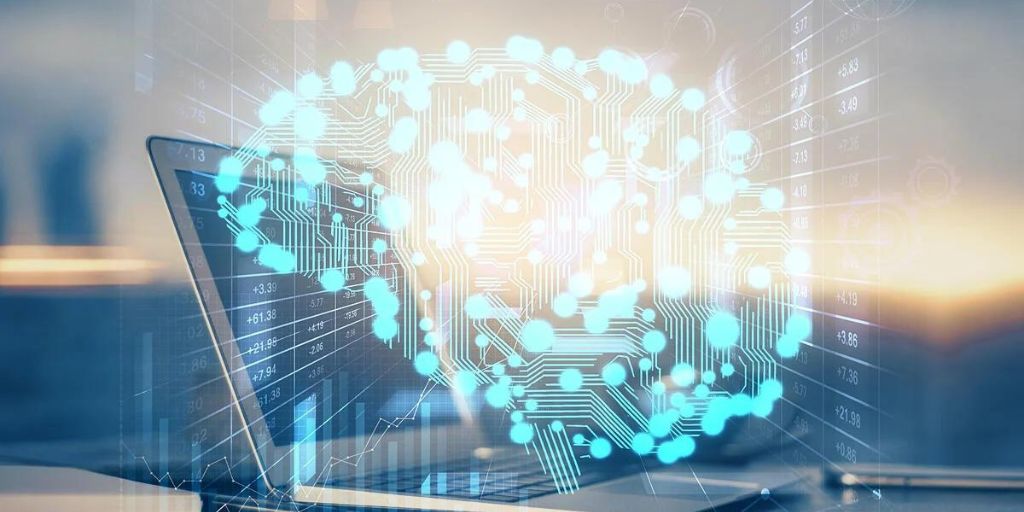
Robots are changing the way we live, work, and interact with our world. Once confined to industrial facilities and science fiction novels, robots are quickly becoming a part of everyday life–including our workspaces.
At first glance, these robots often serve very practical functions. Hospitality is a great example. Imagine that you’ve just arrived at your hotel. A concierge robot picks up your luggage and delivers it to your hotel room, so it’s ready and waiting for you once you’ve finished checking in.
Your first impression of the establishment is that it smells and looks fresh and clean–without a speck of dust to be seen. That’s thanks to the robotic vacuum cleaner that you just passed in the hallway on your way to your room. Later in the evening, once you’ve settled in, a service robot brings snacks and an extra towel to your room on demand.
Sounds futuristic? It’s actually something that’s already happening, and not just in hotels! During the COVID-19 pandemic, organizations of all types–including hotels, hospitals, senior care facilities, multifamily residences, retailers, schools, offices, and more–quickly realized the value of robots for their operations. The demand for and adoption of robotics soared as companies sought to reduce the impact of labor shortages, improve customer and employee satisfaction, differentiate themselves from competitors, save costs, and much more.
However, robots have a lot more value to offer than simply completing “jobs” (like food delivery or vacuuming). The true value of robots can be found in the wealth of actionable data that they collect. In this blog post, we’ll dive into the types of data that robots can provide and share specific examples of how this data can enhance your business operations–no matter what industry you’re in.
Getting Actionable Data From Robots
To understand the types of data that robots can provide, we need to take a step back and think about what these robots are. Robots are IoT (Internet of Things) devices. This means that they are constantly logging information about what they are doing, the surrounding conditions, the obstacles they encounter, and more. Every move they make is cataloged and uploaded in the cloud. In addition, many robots come with web-based applications that instantly take the raw data and transate it into visualizations and dashboards that you can access from anywhere on your mobile device.
EXAMPLE: VACUUM CLEANER ROBOT
Let’s jump back to our robot vacuum cleaner example: Whiz, the commercial robot vacuum. What can this innovative, self-navigating robot tell you that a normal vacuum can’t? A lot, actually. For example, with a quick glance at the performance dashboard in the Whiz Connect application, you can see exactly when each space was last cleaned, how it was cleaned, which robot in your fleet cleaned it, and how long each route took. You can also see where and when any bottlenecks occurred during the route, and if any of your robots will require maintenance soon.
All of this actionable data is viewable in near real-time, so you always know what’s happening and what to do about it. In addition, monitoring the routes, location, and productivity of each robot over time allows you to improve cleaning performance, optimize routes, plan ahead for maintenance requirements, and make other data-informed decisions.
Turning Data Into Insight:The True Value of Robots
The case described in the last section is just one example of the kinds of data that can be collected from your robots. Now, imagine that you have an entire network of robots that can communicate what’s happening throughout your business in real-time and give you recommendations for improvement.
This is where you’ll unlock the full power of IoT and robotics. With a connected network of smart robotic solutions, you can continuously optimize your business by making smart, data-driven decisions.
For example, consider an organization that’s bringing employees and customers back into the physical office several days per week. The workplace must be cleaned effectively to protect the health and safety of employees and guests, but finding the resources to accomplish this seems like an insurmountable hurdle. Facilities maintenance teams have always struggled with labor shortages that have only been exacerbated in recent years.
Therefore, there’s an immediate need to clean the office each day. But there’s also a much bigger need to optimize how and when the space is cleaned. A fleet of connected cleaning robots can solve both of these challenges.
For example, not only can a cleaning robot autonomously vacuum the office each day, connected devices like this can also monitor the supply and demand of stocked facilities items, like cleaning supplies, to ensure you never run out. This saves costs by allowing you to optimize your inventory purchases and avoid rush shipping expenses. Automatically capturing and analyzing inventory data saves time and reduces errors that are common with manual inventory management.
In addition, data from the robot can further be used to intelligently determine whether and when each space needs cleaning again. This saves time and costs, while ensuring that spaces are always cleaned to the standards employees and customers expect.
Conclusion
Adopting robotics offers so many more benefits beyond simply executing a task. The actionable data and insights from these robots deliver tangible benefits to businesses across all industries. By enabling smarter, data-driven decision-making, robots can help businesses save costs, optimize workflows, measure and continuously improve performance metrics, and much more!








